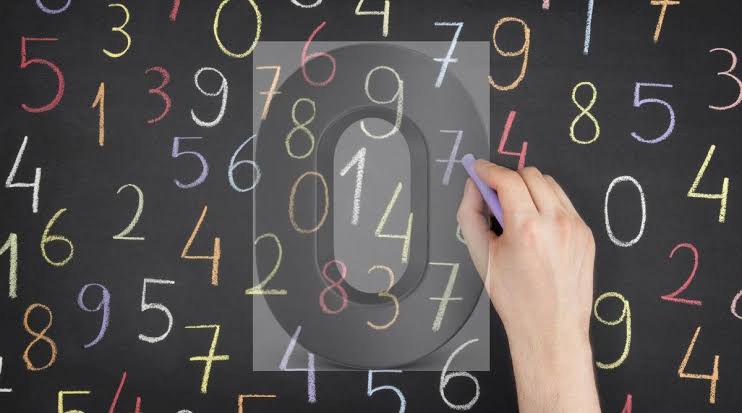Role and Concept of Zero

The concept of zero as a numerical placeholder was developed independently by several ancient civilizations, including the Mayans, Babylonians and Arabs. The earliest recorded use of zero as a placeholder dates back to the 7th century AD in ancient Indian texts called the Brahmasphutasiddhanta, written by the Indian mathematician and astronomer Brahmagupta.
Brahmagupta was the first to give rules for arithmetic operations using zero and negative numbers. He also recognized the significance of zero as a number in its own right and discussed its properties in his work. However, it’s important to note that the concept of zero was likely developed over a long period of time by multiple people, and its origins may be difficult to trace definitively.
In “Kitab al-Jabr wa al-Muqabala,” al-Khwarizmi introduced the concept of “zero,” which was a revolutionary development in mathematics. He used the Arabic word “sifr” to denote this concept, which means “empty” or “nothing.” Prior to al-Khwarizmi’s work, the idea of zero as a number did not exist in the same way that we understand it today. By introducing the concept of zero, al-Khwarizmi greatly expanded the possibilities of mathematical computation and paved the way for the development of modern mathematics.
Zero and concept in Mathematics
Zero is a very important concept in mathematics. It serves as a placeholder in the decimal system and allows us to represent numbers of arbitrary magnitude and precision. Without zero, our current numerical system would not be possible.
In addition, zero has unique properties that make it interesting from a mathematical standpoint. For example, any number multiplied by zero is always zero, and any number divided by zero is undefined. These properties have important implications in areas such as algebra, calculus, and geometry.
Zero also plays a significant role in the development of number theory, which is the study of the properties and behavior of numbers. In number theory, zero is classified as an even number, and is the additive identity, meaning that when zero is added to any number, it remains unchanged.
Finally, zero is also used in mathematical notation and terminology. For example, the empty set is sometimes denoted by the symbol ø, which is a stylized version of zero with a diagonal slash through it. The concept of zero has had a profound impact on the development of mathematics, and it continues to be a fundamental concept in the field today.
Physics
Zero plays a significant role in physics as well. In physics, zero is often used as a reference point or baseline for measuring quantities such as distance, velocity, and energy.
For example, in the study of motion, zero velocity is a state in which an object is not moving. Velocity is often measured relative to a reference point, and that reference point is often chosen to be at rest or moving with a constant velocity. This reference point is often referred to as a “zero point” or “zero velocity reference frame.”
Similarly, zero energy is often used as a reference point for measuring the energy of a system. For example, in thermodynamics, the concept of “zero energy” is used to describe the energy of a system at absolute zero temperature. This reference point is important for understanding the behavior of materials and systems at very low temperatures.
In addition, zero is also important in the study of electrical circuits. In electrical circuits, a “ground” or “zero-voltage reference point” is often used as a reference point for measuring voltages and currents.
So zero plays an important role in physics as a reference point for measuring and understanding physical quantities.
Quantum Computing
Zero plays a critical role in the operation of quantum computers. In classical computing, information is represented using binary digits, or “bits,” which can take on the values of either 0 or 1. However, in quantum computing, information is represented using quantum bits, or “qubits,” which can take on the values of both 0 and 1 simultaneously.
This ability of qubits to represent multiple values simultaneously is due to a phenomenon called superposition, which allows qubits to exist in a state that is a combination of both 0 and 1. The state in which a qubit can be both 0 and 1 simultaneously is called a “superposition state.”
The ability of qubits to exist in superposition states is what gives quantum computers their power. By manipulating the state of multiple qubits simultaneously, quantum computers can perform calculations that would be impossible for classical computers to perform in a reasonable amount of time.
In addition to superposition, another important concept in quantum computing is entanglement. Entanglement is a phenomenon in which the state of one qubit is linked to the state of another qubit, even if they are separated by large distances. Entanglement allows quantum computers to perform certain types of calculations exponentially faster than classical computers.
So we can say that, zero plays a critical role in quantum computing, both as a fundamental component of the binary notation used to represent classical information and as a key component of the superposition states used to represent quantum information.


